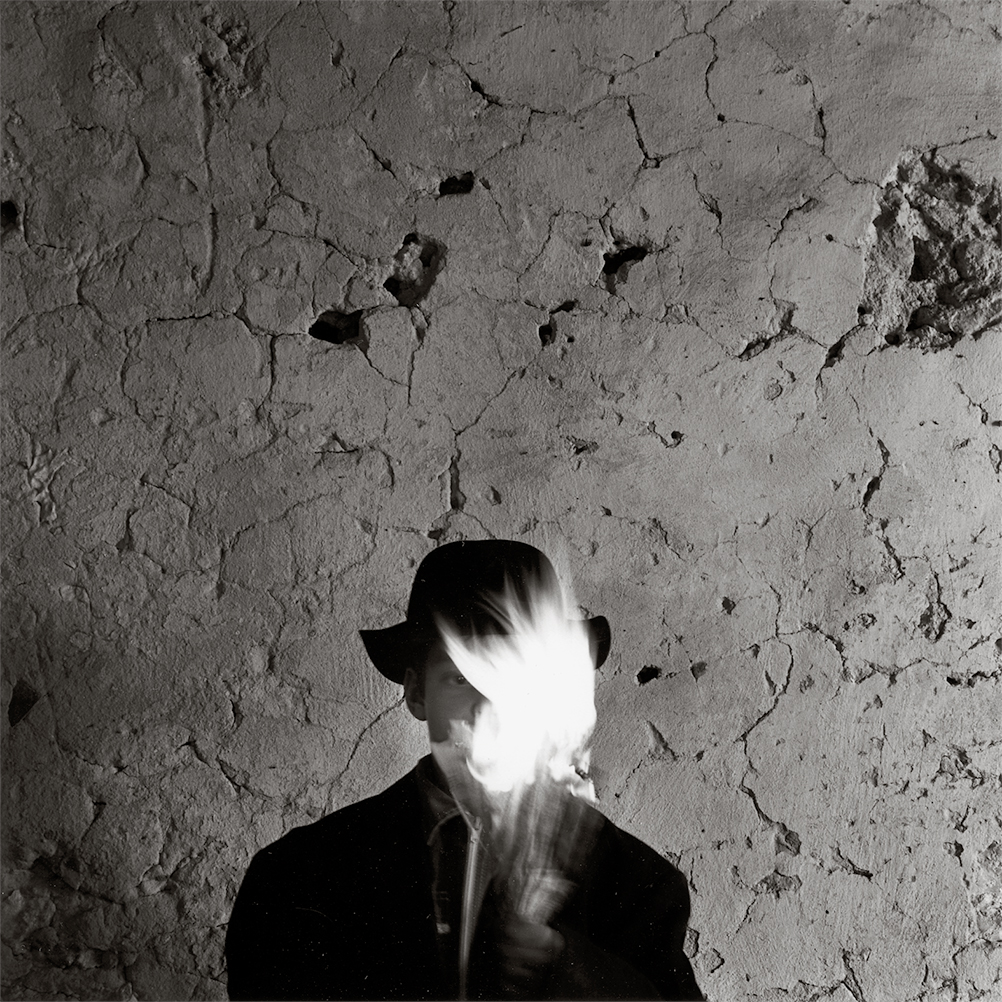Alain Turpault - enchanting the world

With photography it's a bit like witchcraft: the darker it gets, the closer it gets to other worlds. And since darkness is not conducive to color, shamans like to resort to forms of existence at the edges of perception. From the dawn of time, photography has had something of a shamanic ritual about it, both in the technological aspect (the darkroom) and the ritual that accompanied the taking down of people and the world for many years.
However, there have been few artists who have been able to break beyond the simple cliché of doxology into the realms where the conjuring of invisible worlds takes place - most often where there is almost nothing to capture except the imagination. There, in the gray zone of the photographic shadow, lie the possibilities for capturing what declared pragmatists would never even dream of.
Alain Turpault must have been troubled by similar thoughts since he made five trips to the Black Continent between 1985 and 1991. He took a special interest in a bend of the Niger River in Mali, where traditional rituals and rites of the cult of darkness are practiced Gimbal. The aftermath of these expeditions was the book "The Rest of the Masks "*, dark, mysterious and unpredictable. The kingdom of the four elements and black bodies , which from darkness brings out the light of stars, fire and spirit. This is a completely unusual book, in which the author managed to pull things and matters out of the darkness, and to free souls from the shadows. So that it barely emerges, so that it does not quite yet exist - already noticeable, perceptible, although still undefined.


After this unusual African experience, Alain decided to reach out to the world of memories, imaginations and rituals of several-year-olds in the village of Lectoure, France. To do so, he chose children aged 7-9 growing up on farms in the most natural possible setting in the progressive world, proposing that they play together in a photographic attempt to visualize the answer to the question: how do you see your future? To do this, they had to choose a location, possible props, determine the size of the scene, i.e. the frame, and in a few cases resort to makeup. Finally, technical conditions such as light and exposure time had to be agreed upon, conditioning the possibility of deep collaboration. The theatricality of these photographs is as undeniable as the scenic nature of children's games. But what amazes most is that these photos evoke the theater of one actor. As if, consequently, Alain managed to leave the author's conceit behind the threshold of attics, cells and basements, where children photographed themselves most readily. However, the great charm of these photographs lies not in the fact that the author withdrew, disappeared, dematerialized, but in the fact that he was able to feel how much he can and must contribute to remain invisible. Transparent, and at the same time identical to the childhood imagination trying to materialize, directed into the future. I fear that I may not have enough imagination to match what the children photographed by Alain Turpault wanted to manifest to the world. For how much can we be sure that their world is a distorted mirror of our attitudes, ideas and beliefs? To what extent, on the other hand, is it a simple projection of young, fledgling memory, i.e. pure fiction? This is something each of us can only try to answer on our own account. Finally, I would just like to add that the photographs probably have some female element content, as mothers assisted in the séances for known reasons. Another thing is that no child thought of staying on the farm, dreaming rather of a life of circumnavigation. **
This series of photos was taken 14 years ago, today these children have crossed the threshold of adulthood. What I am most curious about is how their memory will find those dreams years later. How much will it patina, how much will it shatter, how much will it confirm desires and premonitions? But I guess we'll never know.
The article appeared in issue 20 of "Fotografia Quarterly" in 2006





